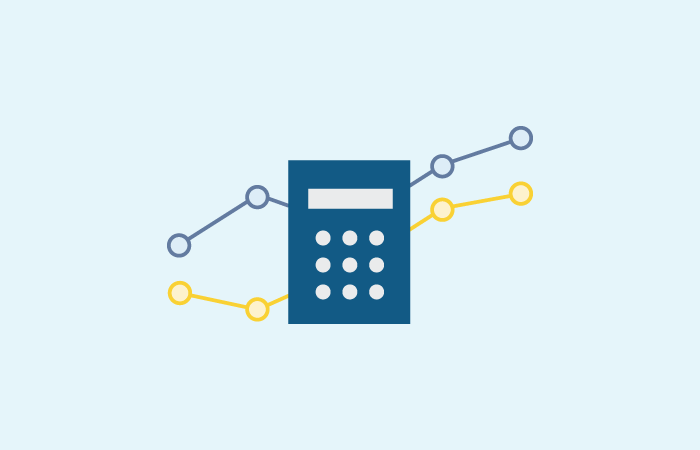Below is a breakdown of the two actions:
Informal Enforcement Actions
- These are defined as voluntary commitments made by an IDI’s board of directors or an IAP. Informal actions are not legally enforceable and are not publicly disclosed or published.
- They are particularly appropriate when the FDIC has communicated with management regarding supervisory concerns and has determined that management and the board of directors are committed to and capable of addressing these concerns with some direction.
- Informal actions are generally appropriate for institutions that receive a composite rating of “3” for safety and soundness or consumer compliance.
- An informal action can be pursued against higher rated IDI’s (composite rating of 1 or 2) to address specific facts and circumstances.
Generally, the two types of Informal Actions most commonly used by the FDIC are:
- Bank Board Resolutions (BBRs) – informal commitments that may be drafted by the institution’s board of directors (and signed by the board) as a proactive measure to address issues noted during an examination or targeted review.
- Memoranda of Understanding (MOU) – an informal agreement between an institution and the FDIC, which is signed by both parties (usually designated individual(s) in the Regional Office of the FDIC). The state authority may also be a party to the agreement. MOU’s are designed to address and correct identified weaknesses in the institution’s condition, violations, or unsafe or unsound practices.
MOUs are used in place of BBRs when the FDIC believes a more structured program or specific terms are needed to effect corrective action. MOUs are often used when the desired outcome was not achieved with a BBR already in place.
Both formal and informal actions can be changed during the life of the action, but the action must be modified to reflect the change. These changes are most often done following an examination or visitation.
An informal action may be terminated for numerous reasons, including:
- Significant compliance with the action has been achieved;
- The IDI’s condition has improved sufficiently, or practices or violations have been corrected;
- A new formal or informal action has been issued, and the IDI merges or is closed.
Formal Enforcement Actions
Formal actions are notices or orders issued by the FDIC against insured depository institutions or their affiliated parties. These actions are legally enforceable in a federal or state court. Most notices and final orders are published after issuance, as required by law.
There are various formal actions pursuant to Section 8 of the Federal Deposit Insurance (FDI) Act, including:
- Termination of federal deposit insurance;
- Cease and Desist and Consent Orders;
- Personal Cease and Desist;
- Removal, prohibition, or suspension;
- Restitution; and
- Civil money penalties.
Section 38 of the FDI Act authorizes the FDIC to issue Prompt Corrective Action directives to institutions that are less than adequately capitalized.







